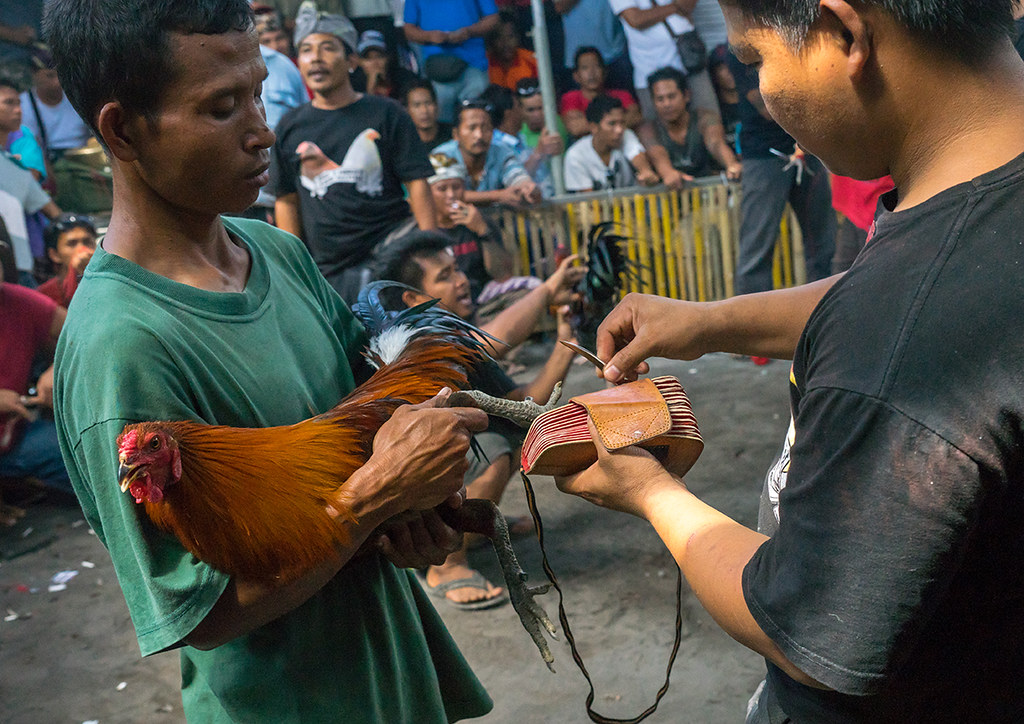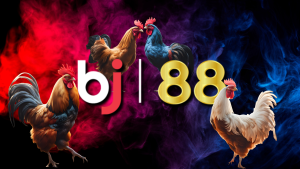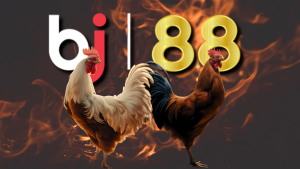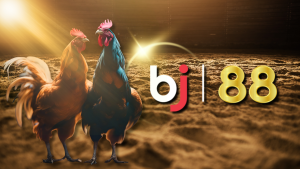Men and Cockfight: A Multispecies Ethnography Perspective on Masculinity and Collaboration
September 26, 2023
Conclusion
Cockfighting, viewed through the lens of multispecies ethnography, challenges simplistic interpretations of masculinity and human-animal relationships. While it may seem to perpetuate notions of male dominance and violence, this practice also reveals nuanced forms of collaboration, care, and even affection between humans and roosters. Recognizing these complexities helps us understand how cultural practices like cockfighting can simultaneously reinforce and reshape traditional ideas of masculinity, all within the context of multispecies interactions. Studying these relationships not only enriches our understanding of cultural practices but also encourages us to reevaluate our preconceptions about the multifaceted connections between humans and the animal world.

Cockfighting is a practice deeply ingrained in the cultural fabric of many societies, often associated with ideas of masculinity, dominance, and competition. To understand this phenomenon more comprehensively, we can turn to multispecies ethnography, a framework that examines the intricate relationships between humans and non-human animals. This perspective allows us to explore the symbolism of masculinity within the context of cockfighting, as well as the surprising dimension of multispecies collaboration that emerges from this seemingly brutal sport.
Masculinity and Symbolism
In traditional societies where cockfighting is prevalent, the sport is often seen as a reflection of masculinity. Men who participate in cockfights are typically regarded as displaying characteristics such as courage, strength, and control over their emotions. The symbolism of masculinity is deeply embedded in the rituals, narratives, and performances surrounding cockfights.
Control and Dominance: Cockfighting serves as a platform for men to demonstrate control over the birds, symbolizing their mastery of the natural world. This control is a metaphorical extension of their perceived dominance within their social spheres.
Spectacle and Performance: The elaborate rituals and ceremonies surrounding cockfights involve grand performances where men showcase their bravado and toughness. These performances bolster their reputation as masculine figures within their communities.
Betting and Economic Power: Betting on cockfights is a common practice, and winning bets can contribute to a man’s status and economic power. The accumulation of wealth through successful cockfighting further enhances their perceived masculinity.
Multispecies Collaboration
While cockfighting may appear to be a brutal and one-sided competition, a closer look reveals a complex relationship between humans and roosters, characterized by collaboration rather than domination.
Selective Breeding: Over generations, breeders have carefully selected and bred roosters for specific traits, emphasizing aggression, stamina, and fighting skills. This process demonstrates a form of collaboration between humans and roosters, as breeders work to enhance these birds’ natural abilities.
Training and Care: Successful cockfighters invest substantial time and effort into training their birds, focusing on conditioning, nutrition, and health. This care and attention indicate a mutually beneficial relationship between humans and their roosters.
Emotional Bonds: Cockfighters often form strong emotional bonds with their birds, sometimes referring to them as “partners” or “comrades.” This emotional connection complicates the straightforward narrative of exploitation.
The Role of Ritual: Many cockfighting cultures incorporate rituals that honor the roosters as well as the spirits and deities associated with the practice. These rituals acknowledge the agency of the roosters and their importance in the overall performance.
- Author
- September 26, 2023
- 9:33 am
- No Comments



